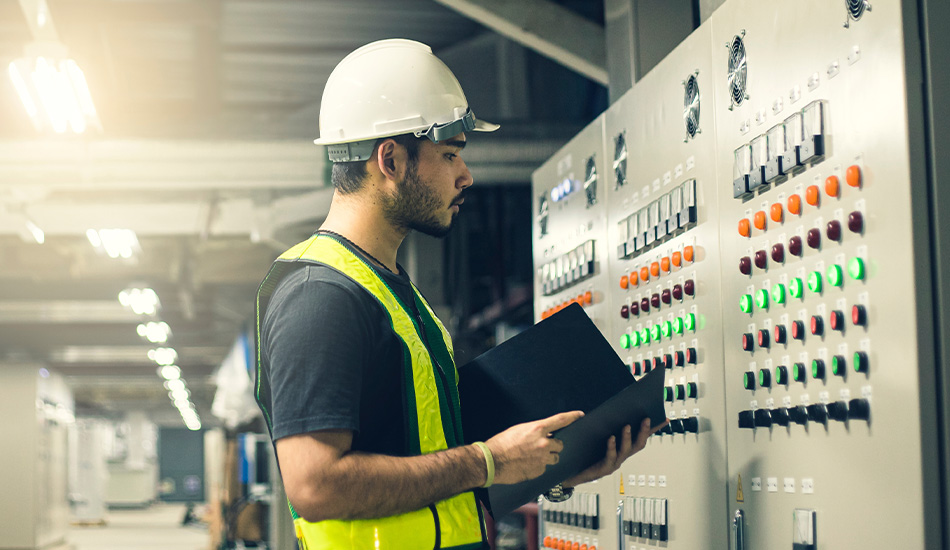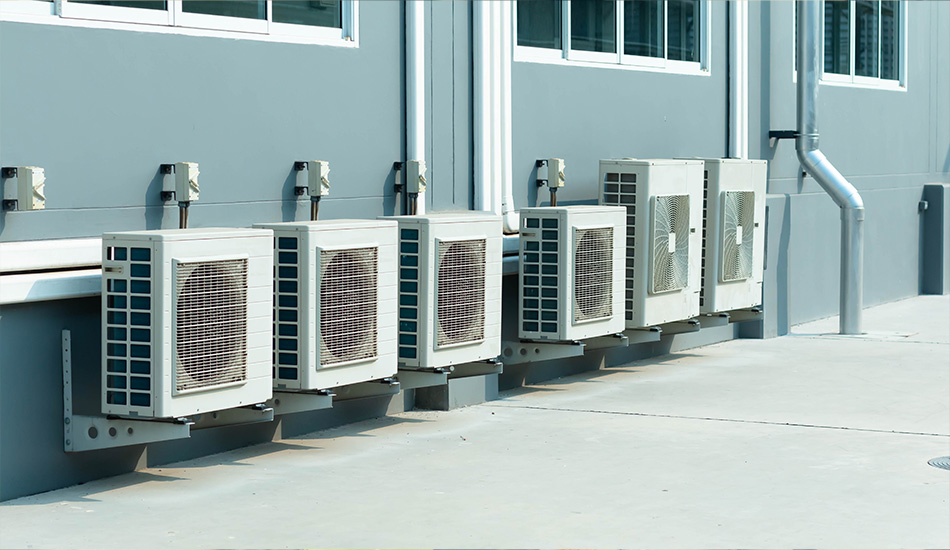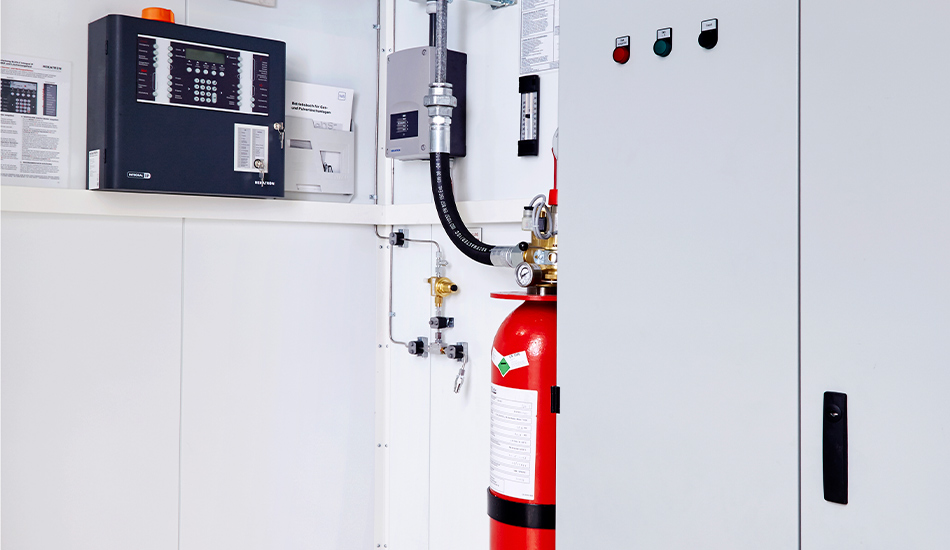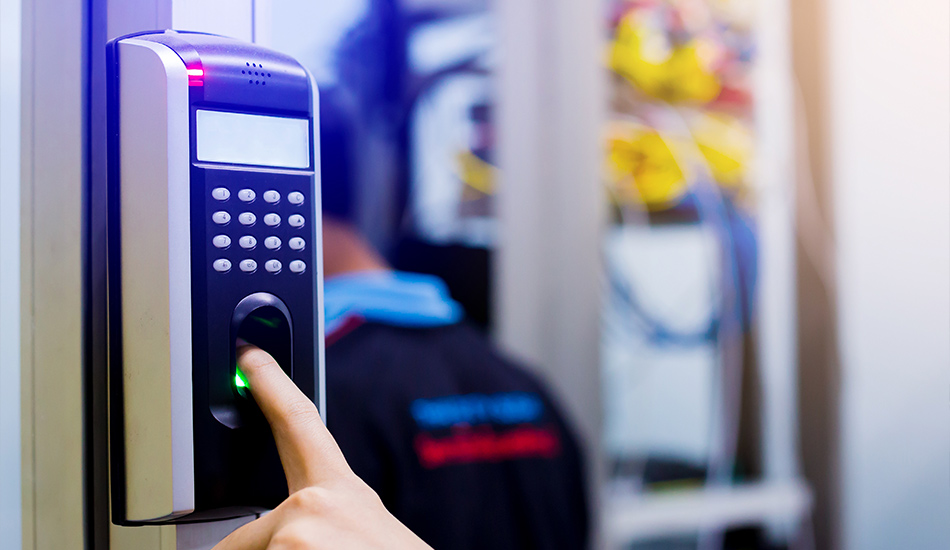Consulting
Development of an individual, ideal data center concept - secure, efficient and economical
Analysis
An independent picture of the infrastructure as the basis for all decisions
Strategy
With the help of our strategy modules, we support you in aligning your IT and identify and evaluate the most important influencing factors - tailored to all current and future requirements
Project Development
We check the general conditions, keep an eye on norms and standards and develop a concept - including all necessary documents
Energy and Environmental Management
We uncover weak points and potentials in the area of energy consumption and demand, tap subsidies and accompany you through audits and certifications - all the way to the implementation of an energy management system
Documentation and Manuals
Analysis and documentation of the current and target state of your IT infrastructure in the area of documentation management, structures, procedures and processes to reduce corporate and liability risks for management and IT leadership
Certification Support
Whether it is an environmental quality mark, certification as a prerequisite for customer acquisition or a requirement from your insurer - we accompany you through the process right from the start
Engineering
We plan your data center completely from one source - independent of industry, infrastructure, location and new or model construction
Architecture and Technical Building Equipment (TBE)
Our team, closely interlocked between architects and TGA planners, takes care of the development of your data center holistically
Construction
We take care of the realization of data centers and the protection of your IT infrastructures, tailored to your individual needs
General contractor - General transferee
GC: You have the plan, we execute it - until turnkey handover
GT: Everything from one source - complete and reliable implementation of your project
General contractor - General transferee
GC: You have the plan, we execute it - until turnkey handover
GT: Everything from one source - complete and reliable implementation of your project
Data Center Solutions
We offer you modern and sustainable implementation options - whether modular, plug-and-play or CO2-neutral
Data Center Components
We take care of every suitable component in your data center planning - environmentally, budget and resource friendly
We offer high security products for your IT infrastructure
Service
We take care of the maintenance, security and economic optimization of your IT infrastructures
Maintenance
Maintenance of existing and new equipment - reduction of possible malfunctions and failures, maintenance and checking of maintenance and service protocols, possible repair work
Preventive measures
We prevent possible weak points and uncover sources of error so that we can ensure the smooth operation of your data center
Controlling and Monitoring
Round-the-clock monitoring, 24-hour hotline exclusively for contract customers, and service level agreement (SLA)
Operating costs and energy optimization
We analyze your current situation and optimize the set screws of operating and energy costs to ensure the profitability and sustainability of your data center
Components
- Data Center Group
- Construction
- Data Center Components
We help you to plan the right building blocks to meet your goals. We select the best possible and most sustainable components and trades to suit your project. In doing so, we always keep an eye on new, future-oriented technologies. For example, sustainable fuels such as e-fuels for climate-friendly emergency power solutions, innovative energy storage systems, technologies for exhaust gas reduction and after-treatment.
We design your data center to be environmentally, budget and resource friendly throughout its entire life cycle.

Always well supplied
Power outages are one of the most common causes of IT component failure and data loss. A data center must be highly available and thus continuously supplied with power. That is why a redundant power supply is a key component of the data center. To ensure that IT systems remain optimally supplied even in the event of a power outage, an emergency power supply is indispensable.
Without power, your data center comes to a standstill. In the event of a power outage, the emergency power system (EPS)can be used to maintain the electrical supply to security-relevant consumers. Power generators in the form of diesel aggregates can be designed as free-standing containers or compact units for installation in a building.
Unlike the emergency power system, the uninterruptible power supply (UPS) is a battery-backed solution. It bridges the grid operation for your server components until the emergency generators take over the grid supply.

Always keeping the correct temperature
Creating the optimal climatic conditions in your data center can be challenging without appropriate cooling and heating concepts. Severe temperature deviations above or below the normal range, not only affect the service life of sensitive equipment, but also increase the risk of failure due to possible overheating. Which configuration is most efficient for you depends on various factors such as structural and spatial conditions and ambient temperature at your location.
With water-cooled server systems, a lot of energy can be dissipated directly to the cold water via a heat sink of the chips. This way of cooling is very economical, because the indirect free cooling without compression cooling can be used even at high outside temperatures. Recirculating air cooling units, sidecoolers or fan coil units cool the air in server and technical rooms to the desired levels.
These systems ensure that IT hardware is sufficiently cooled at all times and at all outside temperatures. Refrigeration systems generate cold water, which at certain outside temperatures can be produced in indirect free cooling even without the compressors contained in the cooling systems.
Refrigerants are being compressed by the compressors, then again evaporated and thereby generate cold. This cold is used for the cooling process. Ammonia, carbon dioxide and water, as well as hydrocarbons and air, are also called natural refrigerants, in opposition to halogenated hydrocarbons.
In this type of climate conditioning, the energy required for cooling the servers is limited to fans installed in the data center. The air circulating in the cooling system is cooled down and directed to the consuming units. In addition, air filters provide support to maintain the quality of the circulating air.
Achieve optimal temperature conditions in your data center with containment systems for cold or warm aisles. A distinction is made between Contained Cold Aisle (CCA) and Contained Hot Aisle (CHA). By strictly separating the two temperature zones, the necessary air conditioning can be supplied to the server room in a precise and targeted way, thus reducing energy costs. The use of aisle containment is subject to certain structural and spatial requirements. Therefore, the solution may be more or less suitable for your data center.

To keep fires at bay
Keeping fires and fire damage to a minimum is a paramount priority in the data center. Early detection of fire and smoke as well as the immediate initiation of appropriate measures are of the utmost importance. Our fire protection components ensure the smooth operation of your data center.
Smoke detectors with innovative sensors constantly draw in air and monitor it for smoke particles. Even a low concentration of smoke in the air is reliably detected and triggers a pre-alarm. In this way, possible sources of fire are detected at an early stage, their expansion delayed or even fires prevented altogether.
Fire alarm systems protect values and save lives. Modern sensors can trigger an alarm at an early stage of a fire's emergence, allowing targeted countermeasures to be initiated. In this way, the damage can in most cases be kept to a minimum. In sensitive areas of a data center, active fire detection systems (smoke aspiration systems) are used to provide an even faster response.
IT-optimized and advanced fire extinguishing systems provide the necessary protection in the event of a fire. Fire extinguishing is achieved either by the use of nitrogen or other inert gases.

All-around Protection
Forewarned is forearmed. Especially in data centers, it is important to protect the sensitive data that is responsible for the success of your company. The greatest dangers for your data center, such as unauthorized access by third parties or even theft, can be prevented by means of various innovative security components.
Sensitive data requires special protection. Every access to the data center must not only be thoroughly controlled, but also documented. Documentation of who has or may have access, as well as appropriate building security, is therefore absolutely essential.
In addition to intrusion detection systems, video control systems (CCTV) play a decisive role in the traceability and detection of third-party access to important infrastructures. Motion detection is used to activate recording systems so that offences can be traced without any gaps. Cameras operate at night in the infrared range or have special thermal sensors.
In addition to access control, protect your data center against intrusion by unauthorized persons with an burglar alarm system.
React immediately and not just in the case of a server failure. The web-based monitoring system permanently collects relevant data from your data center and evaluates them. Discrepancies and anomalies are immediately visible and reported by the system. Therefore, you can minimize downtimes and possible damages.
Unsere Rundum-Sorglos-Services für Ihr Data Center
Damit Ihre Komponenten langfristig laufen, bieten wir Ihnen die entsprechenden Wartungs- und Instandhaltungs-Services – ganz individuell auf Ihren Bedarf abgestimmt.
Do you have the right project for us?
To learn more about our planning process, feel free to contact us personally. Please use our contact form or just give us a call. We look forward to hearing from you!